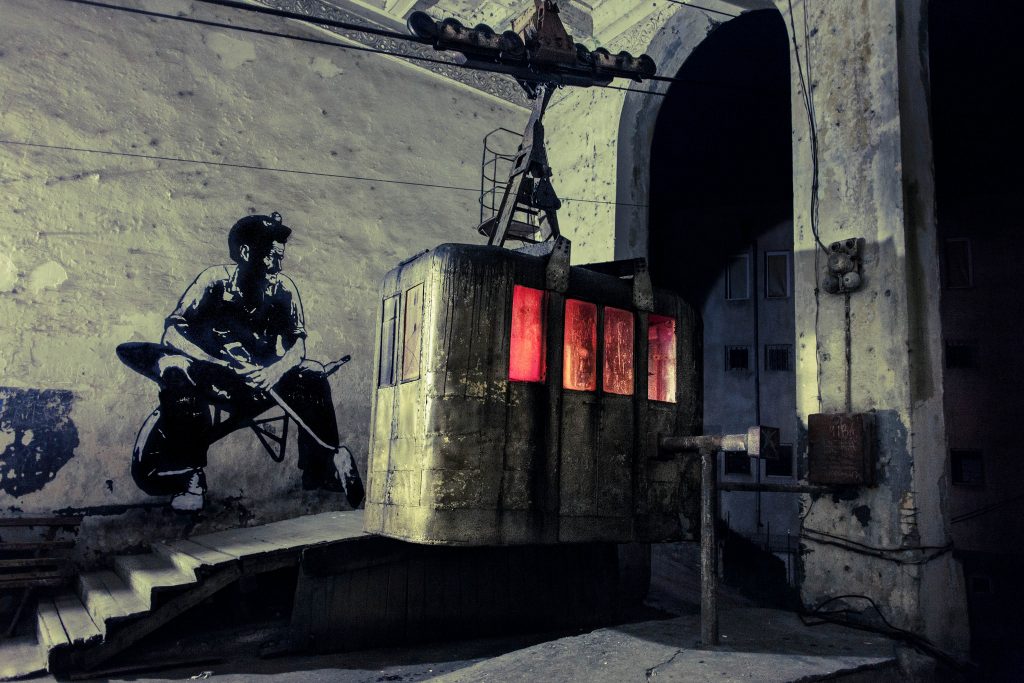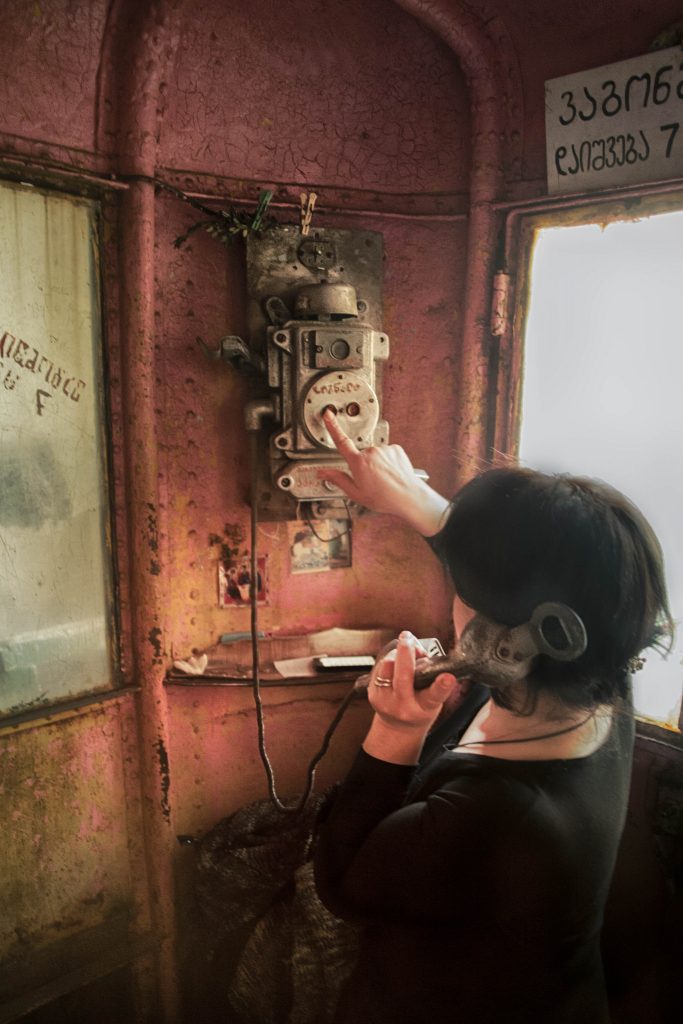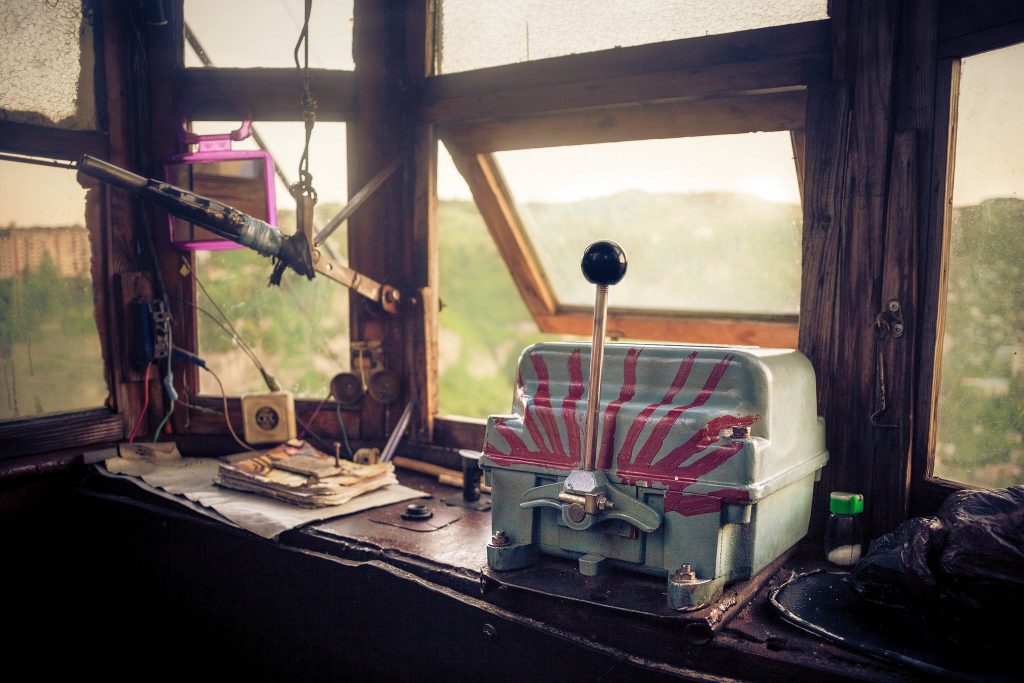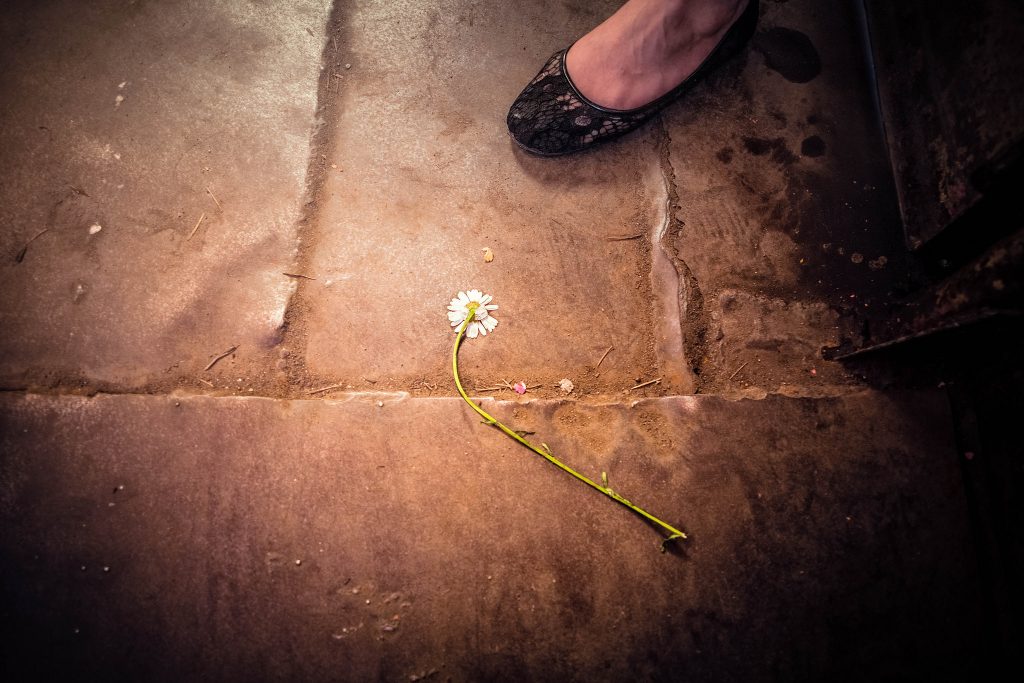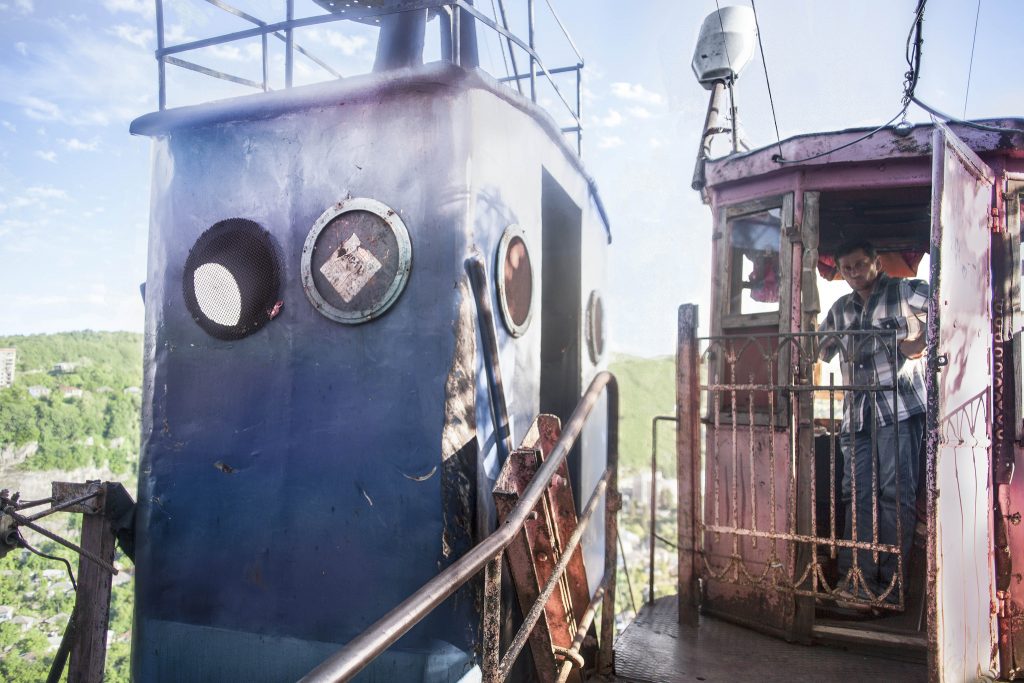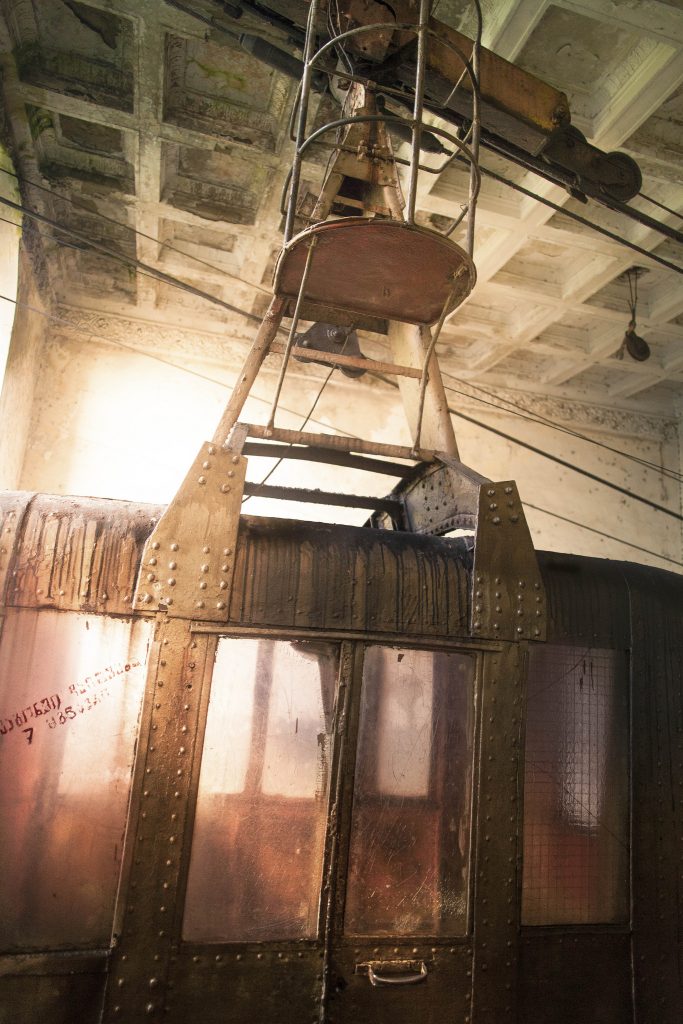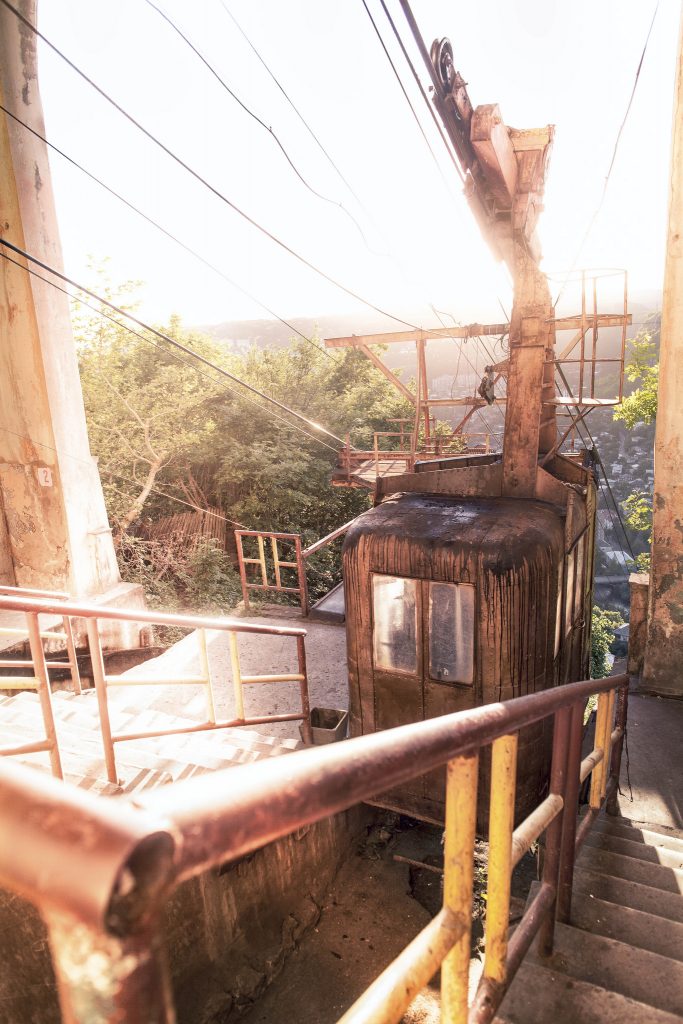- Photoreport
Chiatura and the Stalin ‘s last cable cars // Georgia
Chiatura (Georgian: ჭიათურა) is a small city in Western Georgia located on the banks of the Qvirila River, 180 kilometers away from the capital, Tbilisi.
The city has a rich history dating back to the late 19th century. Until the 1980ies Chiatura was one of the biggest manganese mining sites in the world extracting manganese ore from the surrounding limestone cliffs. Today the mines are still operating and comprise seven fully-functional mines and eight open quarries.
The abundance of underground resources lead the Soviet authorities to construct an extensive cable cars system in 1954 in order to easily transport workers from the city nested in the valley up to the mines.
Of the original 17 aerial roads dotted around the river bank only 3 are still in use today, known by travelers and fans of urban exploration as “Stalin’s death coffins” due to the rusty and dire state they’re in.
The ride itself is breathtaking. From one of the departure stations the gondolas will take you uphill on a unforgettable ride. The smell of the Soviet rust, the gondolas’ operator waiting to start the ride and the sound of the engines will give you goosebumps. It definitely is a trip of a lifetime. However, the incredible engineering achievement of Chiatura‘s cable cars is not the only highlight of the city; it was also the first Bolshevik stronghold in Georgia.
Around 1905 Stalin favoured the development of the Bolshevism over Menshevism by organising strikes in order to support the claims of Chiatura‘s 3,700 mine workers who demanded improvement of their utterly dire working conditions ( 18 working hours a day, sleeping in the mines and extremely dangerous work ..), making Chiatura one of the cradle of the Soviet revolution.
